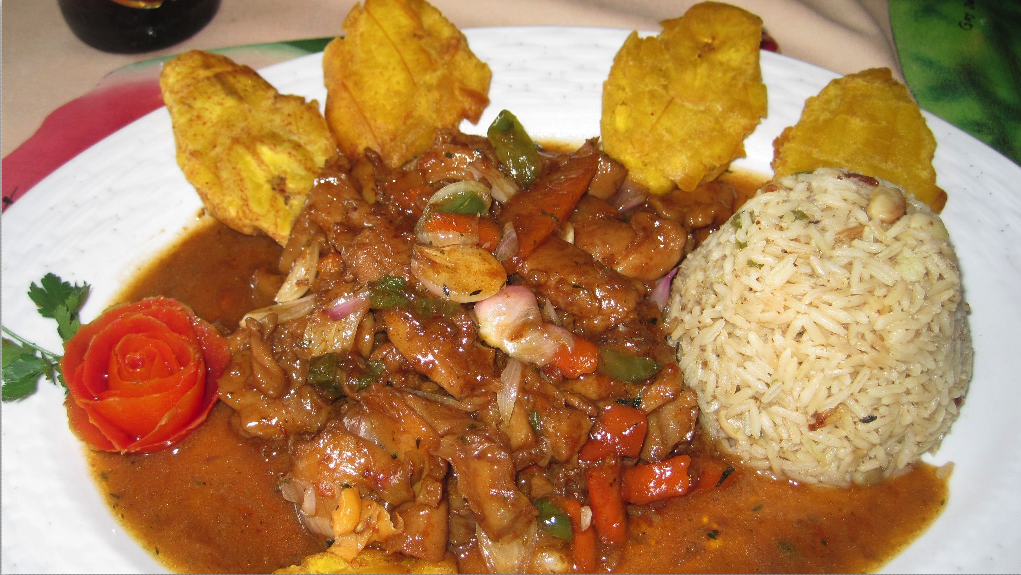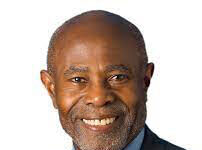By Ir. Delano Richardson
News Americas, PHILLIPSBURGH, St. Maarten, Fri. Feb. 3, 2012: The Caribbean’s regional involvement in space is rooted in ESA [European Space Agency] and more recently the development of a venture involving XCOR Aerospace and the territorial government of Curacao and a group of Dutch investors with the hopes of offering flights in 2014.
The joint venture is known as Space Experience Curacao, or SXC. The boast is that this ‘Caribbean Spaceport: Your Tropical Gateway to Space…Suborbital Personal Spaceflight, will become one of the most exciting action-packed holiday adventures of the coming 10 years with a predicted market in 2021 of 1 billion dollars per year.’ The cost to go on one of these trips is estimated at one hundred thousand dollars, and there are over fifty individuals already booked to go on the initial orbital flights.
The beginning of the world being in space has opened a door to measureless opportunities. As Neil Armstrong, the first men ever to set foot on the Moon on 21 July 1969, said: “That’s one small step for man; one giant leap for mankind.”
Since the Space Age began there have been some significant developments namely consecutive space flights, the setting up of the International Space Station, exploratory unmanned trips to Mars, intentions to develop a moon base, developing the space tourism industry, several national and international education and training programs, etc. The world is spending more than 2 trillion dollars on space exploration today. No relevant nation is exempt from this experience.
What does the Caribbean’s research, education, and investment strategy look like in the face of these formidable developments? What will be the legacy of the Caribbean as a people when it comes to the evolution of the new frontier -Space?
There are more than twenty two international rocket launch sites worldwide, and at least four of those sites are located within reach of the Caribbean region. They are Wallops Island-USA, Cape Canaveral-USA, Kourou-French Guyana, and Alcantara-Brazil. Curasao’s Caribbean Spaceport will become one of the worlds few civilian to orbit launce points – others being located in New-Mexico-USA and Twente-NL.
Taking note of all these facts and seeing the tide of Space rising, the great question becomes what is the future of the Caribbean and Space?
Robotics research is the next most relevant business opportunity that the Caribbean can look into considering, for example, ‘the UK’s newest autonomous underwater vehicle known as Autosub6000 is on its way to explore the deepest undersea volcanoes in the Caribbean…Several robots are currently studying the surface of Mars looking for water and traces of past or current life while these two submarines will help us understand life on our planet…Scientific applications for robotics are by far the most valuable and worthwhile of all robotics endeavors undertaken today’ [robotzeitgeist.com].
Other areas of Caribbean and Space business opportunities include satellite technological development, spacecraft prototyping, zero gravity research, Space agency branch office locations, and analytical, testing, and research facilities.
If the EU has a vision for its future in space, what vision does the Caribbean Braid of Islands have for Space?
“The European Space Agency provides an essential service to Europe and its citizens. It promotes the technologies on which our future depends, contributes to an understanding of our planet and ensures Europe will be part of the next, vital stages in space exploration… Space has become a crucial tool in addressing the global challenges the world is facing and will continue to face in the decades ahead. Through ESA, we can help make ‘our spaceship’, the Earth, a better place to live in,” said Jean-Jacques Dordain, Director General of the European Space Agency.
Another very telling development is the decentralizing of the NASA space program; this has liberalized the race to space making it a free for all accelerated innovation prone landscape. Today any of the Caribbean nations can literally be in Space by doing one thing ‘Carpe diem.’
The writer is an architectural engineer, inventor and St. Maarten-born futurist.








